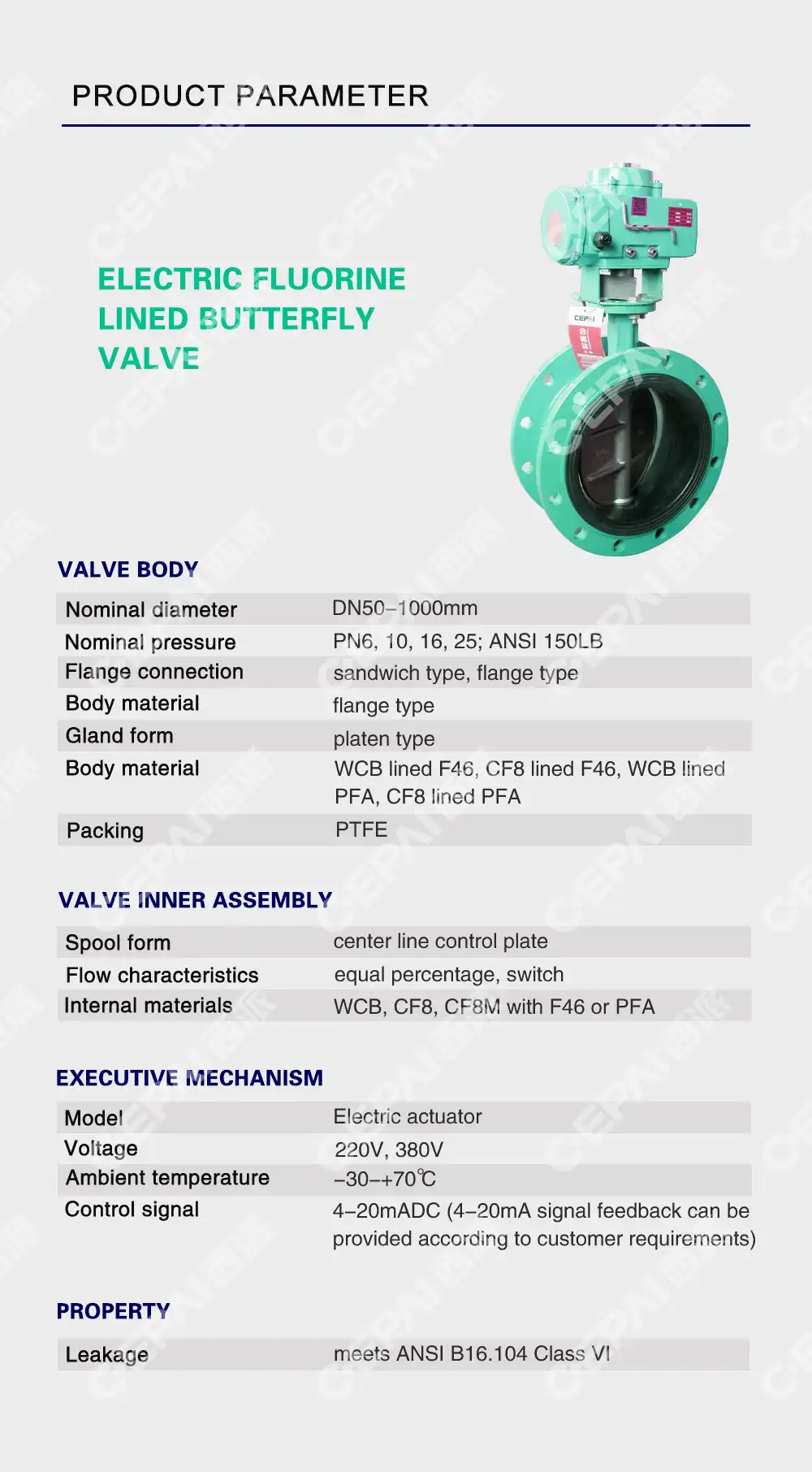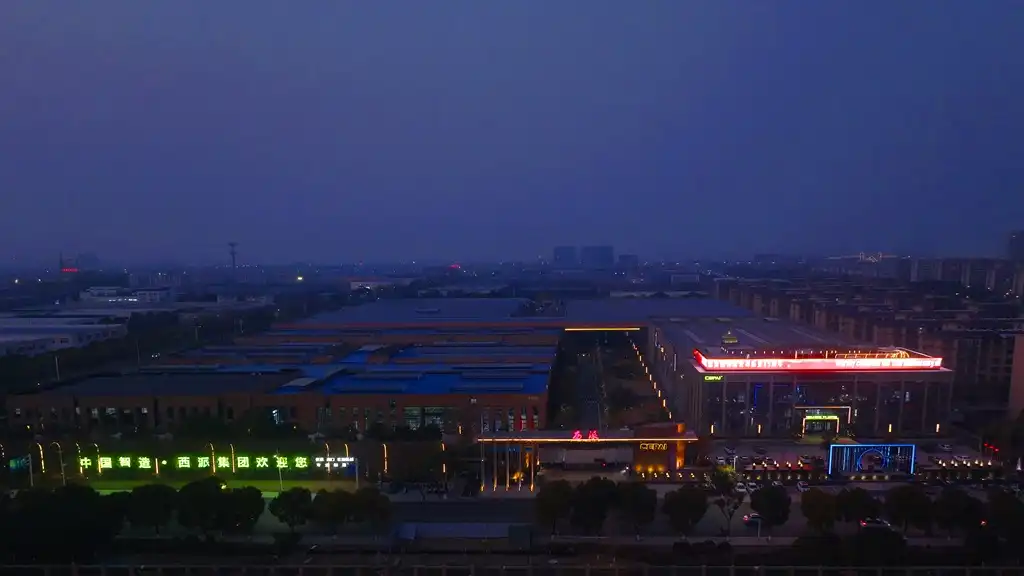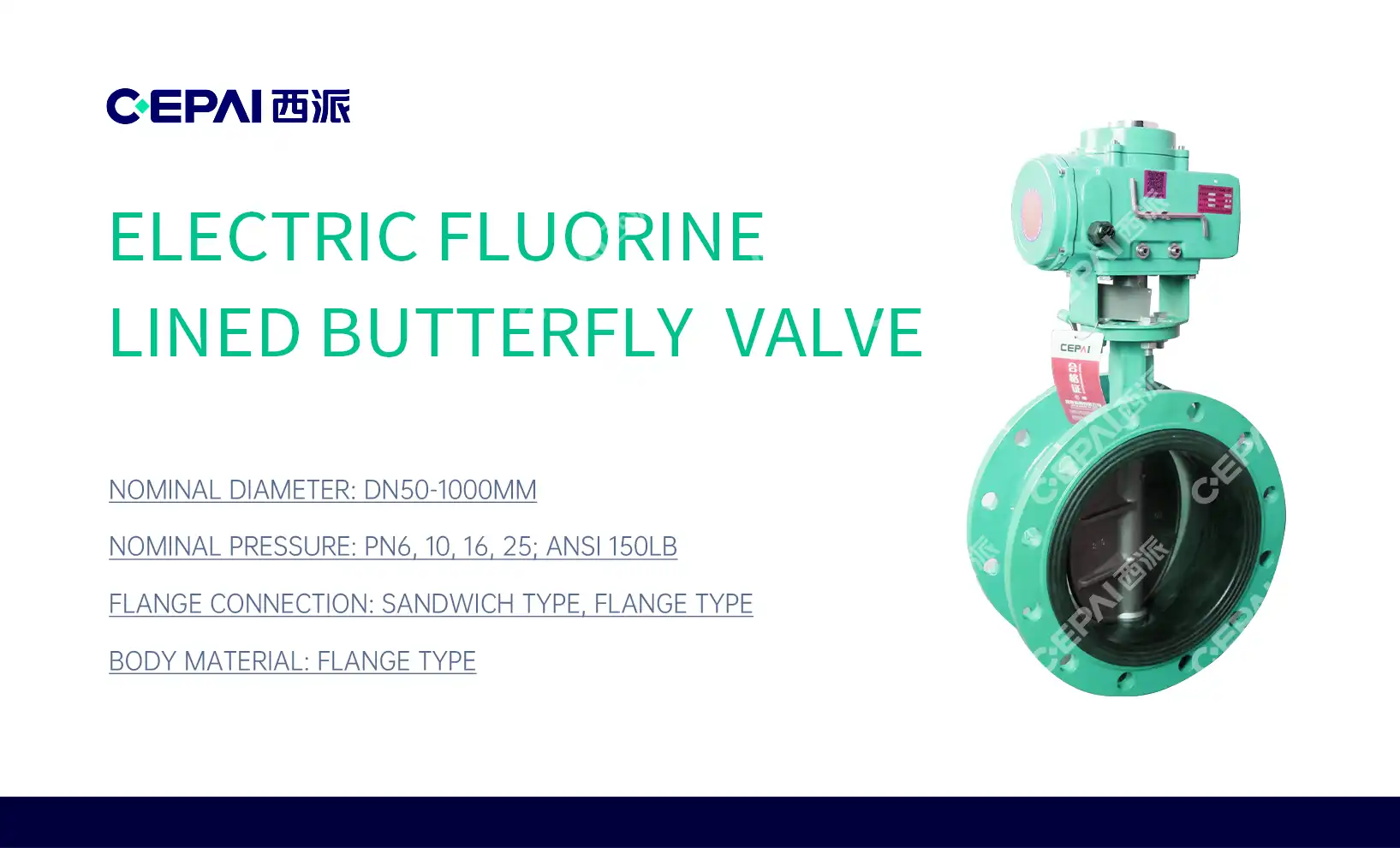The Versatility and Efficiency of Butterfly Valves in Industrial Applications
Adaptability Across Multiple Industries
Butterfly valves showcase remarkable adaptability across a wide range of industries. In the water and wastewater treatment sector, these valves excel in controlling the flow of liquids through large pipelines. Their ability to provide tight shut-off and precise flow control makes them indispensable in maintaining water quality and managing distribution systems. In the chemical processing industry, butterfly valves handle corrosive materials with ease, thanks to their diverse material options and robust construction. The food and beverage sector also benefits from butterfly valves, particularly in hygienic applications where cleanliness and contamination prevention are paramount.
Energy Efficiency and Space-Saving Design
One of the key advantages of butterfly valves is their energy-efficient operation. The disc design allows for minimal resistance to flow when fully open, reducing pressure drop and energy consumption. This feature is particularly valuable in pumping stations and industrial processes where energy costs are a significant concern. Moreover, the compact and lightweight nature of butterfly valves makes them ideal for installations with space constraints. Their slim profile allows for easy integration into existing systems without requiring extensive modifications, saving both time and resources during installation and maintenance.
Cost-Effective Solutions for Flow Control
Butterfly valves offer a cost-effective solution for flow control applications. Their simple design, consisting of fewer components compared to other valve types, translates to lower manufacturing costs. This cost advantage extends to maintenance as well, with fewer parts to replace and simpler servicing procedures. The longevity of butterfly valves, when properly selected and maintained, further enhances their cost-effectiveness over the long term. For industries in the Asia-Pacific region looking to optimize their operational expenses without compromising on performance, butterfly valves present an attractive option that balances quality with affordability.
Advanced Features Driving Butterfly Valve Adoption in Asia-Pacific
High-Performance Sealing Technology
The adoption of butterfly valves in Asia-Pacific markets is significantly driven by advancements in sealing technology. Modern butterfly valves incorporate innovative elastomer and polymer seat materials that provide exceptional sealing capabilities. These materials offer improved resistance to wear, chemicals, and temperature extremes, ensuring reliable performance in diverse operating conditions. The development of double-offset and triple-offset butterfly valve designs has further enhanced sealing efficiency, particularly in high-pressure and high-temperature applications. These advanced sealing technologies contribute to reduced leakage rates, improved process control, and increased overall system efficiency, making butterfly valves an attractive choice for critical applications in industries such as oil and gas, power generation, and chemical processing.
Smart Valve Technology Integration
The integration of smart technology in butterfly valves is revolutionizing their functionality and appeal in the Asia-Pacific market. Modern butterfly valves Asia can now be equipped with digital positioners, sensors, and communication interfaces that enable real-time monitoring and control. This smart functionality allows for predictive maintenance, remote operation, and seamless integration with industrial automation systems. The ability to gather and analyze valve performance data enhances operational efficiency and helps prevent unexpected downtime. As industries in the region increasingly adopt Industry 4.0 principles, the demand for these intelligent butterfly valves is expected to grow, further cementing their position as a preferred choice for flow control solutions.
Customization and Material Innovations
The butterfly valve market in Asia-Pacific is witnessing a trend towards increased customization and material innovations. Manufacturers are developing specialized butterfly valves tailored to specific industry requirements, such as cryogenic applications in LNG processing or high-purity valves for pharmaceutical production. Advanced materials like duplex stainless steels, titanium alloys, and engineered plastics are being employed to enhance valve performance in extreme conditions. These material innovations extend the service life of butterfly valves and expand their applicability in challenging environments. The ability to offer customized solutions that meet specific industry standards and regulatory requirements gives butterfly valves a competitive edge in the diverse and demanding Asia-Pacific market.
Future Outlook and Emerging Trends in Butterfly Valve Technology
Sustainable and Eco-Friendly Valve Solutions
As environmental concerns gain prominence in the Asia-Pacific region, the future of butterfly valves is closely tied to sustainability. Manufacturers are focusing on developing eco-friendly valve solutions that minimize environmental impact. This includes the use of recyclable materials, lead-free components, and designs that reduce energy consumption during operation. Butterfly valves with low-emission sealing systems are becoming increasingly popular, especially in industries subject to strict environmental regulations. The trend towards sustainable valve technology is not only driven by regulatory pressures but also by the growing corporate commitment to environmental stewardship across the Asia-Pacific markets.
Advancements in Actuator Technology
The evolution of actuator technology is set to enhance the capabilities of butterfly valves significantly. Electric actuators with improved energy efficiency and precision control are gaining traction, offering alternatives to traditional pneumatic and hydraulic systems. These advanced actuators provide more accurate positioning, faster response times, and better integration with digital control systems. Additionally, the development of self-powered actuators using energy harvesting techniques is an emerging trend that could revolutionize valve automation in remote or hazardous locations. As industries in Asia-Pacific continue to automate their processes, the demand for butterfly valves Asia with sophisticated actuator systems is expected to rise, driving innovation in this field.

Enhanced Durability and Lifecycle Management
Future developments in butterfly valve technology are likely to focus on enhancing durability and extending service life. This includes the application of advanced surface treatments and coatings to improve resistance to corrosion, erosion, and scaling. Nanotechnology-based solutions are being explored to create ultra-smooth surfaces that reduce friction and wear. Moreover, the integration of lifecycle management features, such as built-in diagnostics and self-monitoring capabilities, will enable predictive maintenance strategies. These advancements aim to reduce the total cost of ownership for butterfly valves, making them an even more attractive option for long-term industrial applications in the Asia-Pacific region.
Conclusion
Butterfly valves continue to be the top choice in Asia-Pacific markets due to their versatility, efficiency, and adaptability to evolving industrial needs. Their compact design, cost-effectiveness, and advanced features make them indispensable across various sectors. As technology progresses, butterfly valves are poised to become even more intelligent, sustainable, and durable. With ongoing innovations in materials, sealing technologies, and smart functionalities, butterfly valves are well-positioned to meet the future challenges of industrial flow control in the dynamic Asia-Pacific region.
Contact Us
Experience the superior quality and innovative design of butterfly valves from CEPAI Group. Our cutting-edge valve solutions offer unparalleled performance, efficiency, and reliability for your industrial applications. Contact us today at cepai@cepai.com to discover how our expertise can optimize your flow control systems and drive your business forward.

_1746598525968.webp)



